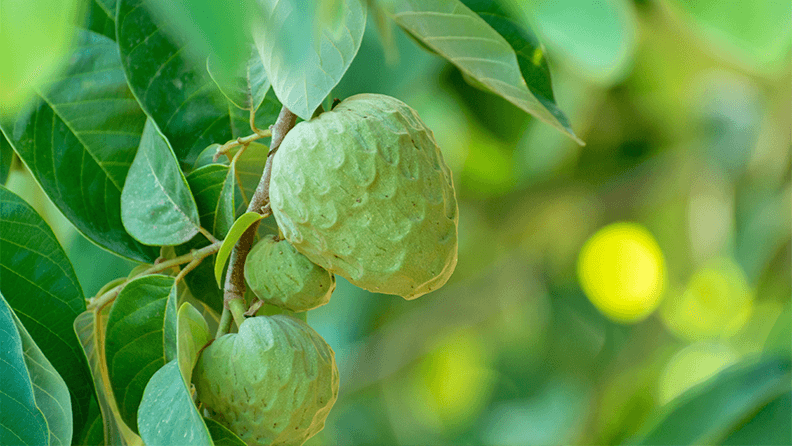Mango
- Scarlet Allen
- Jul 6, 2023
- 2 min read
Updated: Jul 7, 2023
Mangifera indica

Habitats: A mid-canopy tree in humid tropical forests, growing in the more open, secondary formations, at elevations usually below 500 metres.
Main bloom time: January – March
Bloom color: rose, yellow, white
Harvest time: September – October
Growth: from 10 up to 45 meters!
Edible parts: fruit, leaves, seeds
Other uses: plant dye, construction wood, mosquito repellent
Plants present at Son Selva: 1
Mangifera indica
The mango is a large and evergreen tree growing up to 45 m in height and 120 cm in bole diameter! Although it will stay much smaller in our climate and soil quality here in Mallorca. But it will still be one of the largest trees of our food forest. The canopy is umbrella-shaped and spreading. It has a taproot system that can be up to 5 m deep. (Again, not happening on this rocky soil.) It is commonly grown in East Asia but is now grown in all warm regions over the world. Mango is the national fruit of India, Pakistan and the Philippines.
Being one of the most popular fruits worldwide, it can be eaten raw, processed into juice, jams, candies, etc., or dried and ground into powder. The seeds are sources of starch and edible fat. Young leaves are cooked as a vegetable.

Mango trees can get incredibly tall!
Medicinal uses:
Mango has medicinal uses as well. Generally, it is anti-diuretic, antidiarrheal, and antiemetic. Plant parts are used in the treatment of various conditions such as high blood pressure, angina, asthma, coughs, diabetes, dental problems, skin problems, colds, diarrhea, bleeding piles, dysentery, scorpion stings, hemorrhage, stomach pain, etc.
Other uses:
The bark and leaves yield yellowish-brown dye used for silk. The flowers are used to repel mosquitos. The wood is used for construction, furniture, carpentry, flooring, box and crates, etc. It is moderately heavy, moderately hard, not durable under exposed conditions, and susceptible to fungi, borers, and termites.




Comments